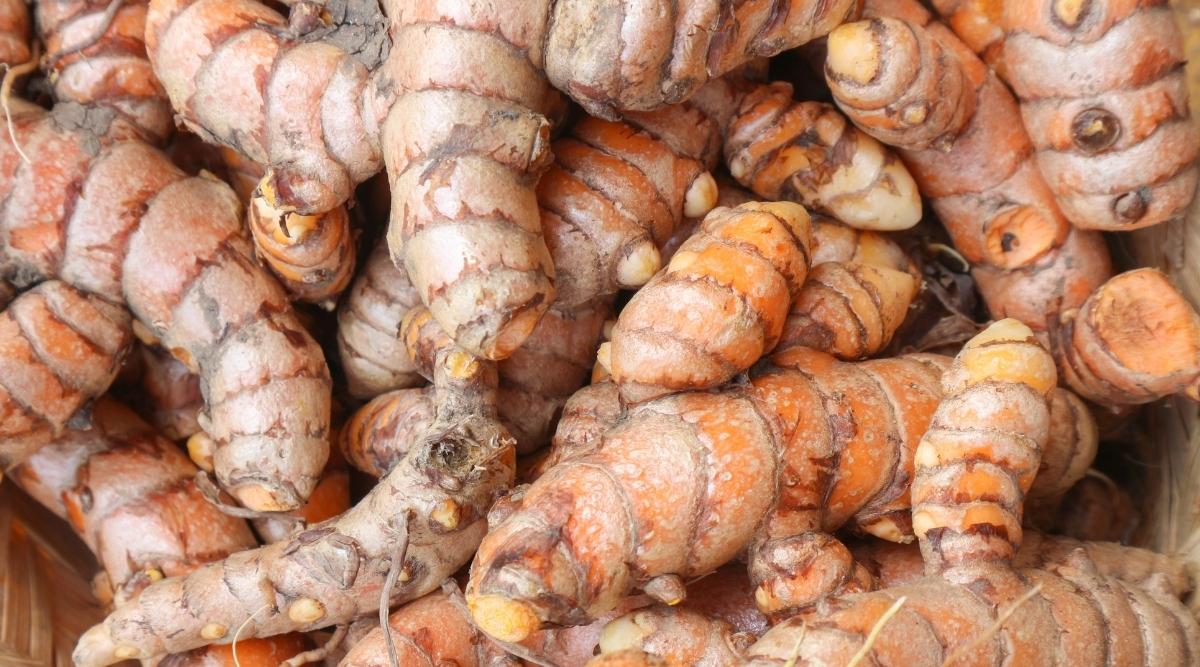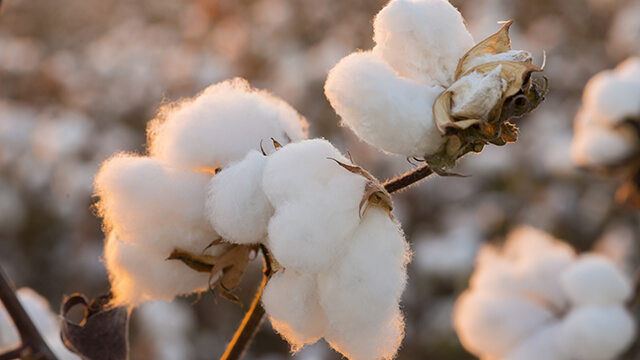Jeera (cumin seed), the spice, set a new record high on Monday, surpassing $33,000 per quintal in the futures market, kicking off 2023 on a scorching note. Jeera futures for January delivery have increased by more than 30% from 25,085 since December 2. Jeera prices in Unjha’s spot markets have increased by 29% from 24,857 to 32,116 in the past month. The bullish trend is due to Gujarat’s poor seeding. Jeera has been sown on 2.69 lakh hectares in the western State, which produces more than 50% of the seed spice. This is a reduction of 35% from the three-year average sowing of 4.21 lakh hectares.
According to Gujarat’s seeding data until December 26, jeera acres were down roughly 6% year over year. However, sowing in Rajasthan has grown and as of December 30 was expected to reach 5.79 lakh hectares, according to government data. Jeera’s January contracts on the NCDEX were quoted at 33,090 rupees per quintal, an increase of 5.99 percent from the previous settlement. With gains of nearly 80%, jeera was the best-performing commodity in 2022. Prices rose to a record high as a result of a combination of tighter supplies on the physical market and greater demand for a fresh crop.
Analysts warn that reduced sowing in Gujarat, coupled with a limited supply and meteorological concerns ahead of the holiday demand, could drive the feeling even more. A low carryover supply of approximately 10 lakh bags is the cause of this (each of 55 kg). The April Futures far-month contract increased 6% during the course of the day on Monday, reaching a high of $33,845, signaling that jeera will continue to rise in the months leading up to April. According to the trade, India’s jeera production for 2022–2023 will decline by almost 33% to 2.7–3 lakh tonnes annually.
According to the analytical group, jeera exports fell by 18.92 percent from April through October 2022, to 1,22,015.13 tonnes, as compared to 1,50,479.11 tonnes during the same time period in 2021. In contrast to the 18,081.78 tonnes exported in September, the shipments for the month of October 2022 decreased by 31.27 percent to about 12,427.86 tonnes. The majority of the jeera has been sown, and the new crop will begin to arrive in February, although a successful production will depend on the weather.

